Introduction
For the preservation of stainless steel Anzor strongly recommends regular maintenance. The following provides a guide to preserving stainless – please be aware of this yourself and also pass it on to your customers. If you have any questions or would like further information, please contact your local branch.
Exterior
Like all surfaces, stainless steel requires cleaning to remove dirt and grime to keep them in pristine condition. The level of cleaning and maintenance depends primarily on the environment. In some exterior instances normal rain washing is sufficient, e.g. roofing, but more polluted or corrosive environments, e.g. coastal situations, the surfaces require regular washing to retain their good looks. The type of finish can also influence the cleaning requirements, and it is recommended that the rougher the surface the more regularly cleaning is required. For example, Stainless Steel Wire has a rough surface that harbours corrosive agents which causes discolouration relatively quickly. Regular cleaning is required to remove this.
Coastal situations – Discolouration or tea staining most commonly occurs within 5 kilometres of the coast and becomes progressively worse closer to the water. Note that in situations right on the seafront, it is recommended that cleaning is performed once a month.
Interior
Dirt and grease accumulate from many sources. They can usually be removed by routine cleaning using soap, ammonia or detergent and warm water. It should be noted that nearly all abrasive cleaners will scratch bright polished stainless steel surfaces. On other finishes the cleaners should only be used in the direction of the polish. A clean, dust and grit free cloth should be used to avoid scratching. In all cases the mildest cleaning procedure that will do the job efficiently should be used, e.g. wash down with warm water and washing up liquid followed by a wash of clean warm water only followed by wiping dry with a clean absorbent cloth. For textured and rigidized finishes a nylon bristled brush will remove any dirt and grime which may accumulate in the valleys of the textured finish.
After initial installation, the stainless steel will require thorough cleaning to remove any adhesive – either from the protective coating or other building operations – that may have been left on the surface. If marks such as fingerprints etc are a continuous problem a light surface coating of baby oil, clear silicone wax polish or furniture polish such as Neopol will help prevent recurrence of this problem. Care should be taken on choosing such a product to be used on the surface of stainless steel if clothing is likely to come into contact with the surface.
Precautions
Harsh abrasives should never be used on any polished metal surface. Strong mineral acids such as hydrochloric and sometimes hydrofluoric acid are used to clean masonry, but these should never be permitted to come in contact with stainless steel or anyother metal work. If this should happen, the acid solution should be washed off immediately with plenty of water. Pads of ordinary steel wool incorporating soap should be avoided – there is a danger that particles of plain carbon steel from the pads may be left behind after rinsing to give unsightly rust stains. Never use oil based commercial cleaners on the outside of a building. The residual oil film can result in unwanted iridescent colours on stainless steel which can only be removed by abrasive action. Most stainless steel installed at the construction site has a PVC protection film on it. This should remain on the steel until the last possible moment to protect the surface of the stainless steel from such problems as chemical and concrete splatters.
The majority of Anzor’s products are offered in both 316 Marine Grade Stainless, applicable to coastal environments, and also 304 generally for Interior applications or in low corrosive environments. However please note that our range of architectural rigging screws and terminals (“ASS Range”) are only available in 304 and therefore should be not used in coastal or highly corrosive environments.
Guidelines for fabricators/installers
Recommend to your clients to wash the surface regularly – see below
Weld Treatment – pickling treatments after welding are a must for good performance of stainless steel near the coast. This chemical treatment removes the welding oxide and rapidly restores the passive layer, which gives stainless steel its corrosion resistance.
Design, Fabrication and Handling – poor design and fabrication can lead to tea staining or more serious corrosion. For example, good designers will avoid crevices, such as intermittent welds and areas where water can collect. Competent stainless steel fabricators will avoid carbon contamination. Choose designers and fabricators experienced with stainless steel.
Installation and Inspection – after installation the completed structure should be inspected for surface imperfections or contaminants. If discovered, imperfections should be removed and the corrosion resistance chemically restored by pickling or passivating treatments or by electropolishing. Hydrochloric acid sometimes used to clean cement or mortar residues should not be used on stainless steel.
Appropriate grade selection – grade 316 should be selected within 5 km of the coast.
Specify and insist on a smooth surface finish – to minimise the risk of discolouration, the smoother the surface finish the better. A surface roughness (Ra) of less than 0.5 micrometres is strongly recommended. A No.4 finish is not adequate. Typically, refinishing operations using 320 abrasives would achieve a finish better than 0.5 micrometres Ra. Components used near the sea can be made more resistant to tea staining by pickling to remove surface contaminants, electropolishing maybe even more effective. However, it must be noted that both processes can change the surface appearance – pickling tends to dull polished surfaces while electroplating will brighten surfaces.
Chemically treat the welds – Best resistance to tea staining is achieved with a finish polished to 320 grit or finer, but linished or pickled finishes (only) maybe adequate for less critical applications. Where a linished finish is desired, 320 grit (or finer) silicon carbide abrasives should be used with lubrication if possible. In these circumstances a passivation treatment (nitric acid only) should be applied to the ground/polished area. In selecting abrasives consideration should be given to matching the surrounding finish. Where linishing is not performed, pickling of site welds (using mixed acids – hydrofluoric plus nitric) should take place as a final step in the weld procedures. This treatment will remove any fabrication contaminants and restore the passive chromium oxide layer, resulting in a corrosion resistant surface. Pickling treatments may alter bright surface finishes.
(Source of section (2): Australian Stainless Steel Development Association Technical Bulletin, No 2 July 2001)
Cleaning Frequency
This will depend very much on the local environment of the building but experience indicates
that the following frequency of cleaning is sufficient to maintain the good looks of stainless
sheet.


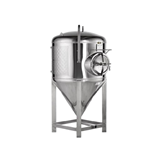

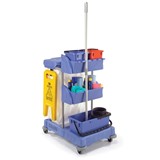
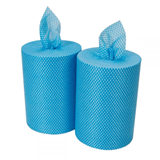

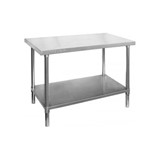
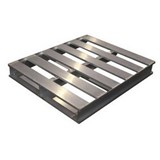


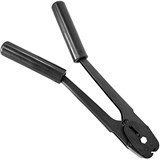
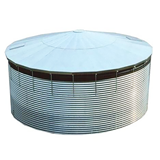
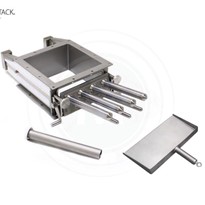
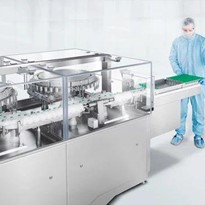

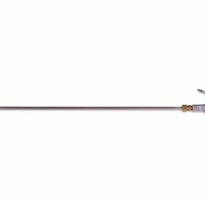

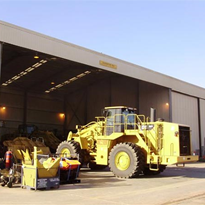
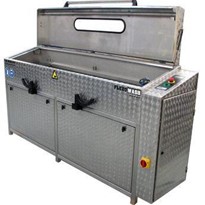
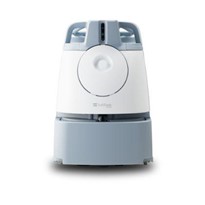
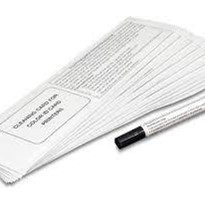
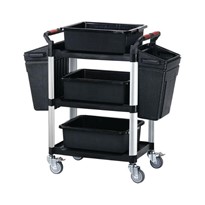
(5)-205x205.jpg)